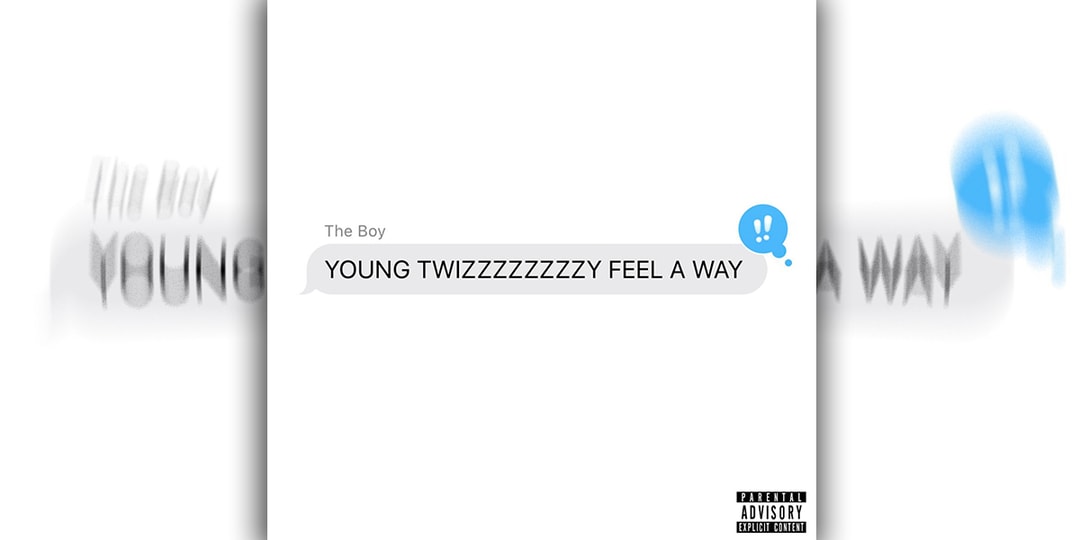My Boston Globe op-ed about the fallacies of “de-extinction”
Yes, we’ve all heard that three white dire wolves are running around at some secret location, and we’ve heard about Colossal Biosciences, a Dallas-based firm that, it says, is going to fix the “colossal problem” of extinction. The main way they propose to do it—and the bit that’s gained all the attention—is to “de-extinct” animals … Continue reading My Boston Globe op-ed about the fallacies of “de-extinction”

Yes, we’ve all heard that three white dire wolves are running around at some secret location, and we’ve heard about Colossal Biosciences, a Dallas-based firm that, it says, is going to fix the “colossal problem” of extinction. The main way they propose to do it—and the bit that’s gained all the attention—is to “de-extinct” animals by finding fossil DNA of extinct species, sequencing some bits that presumptively code for a few of their traits, and then, using CRISPR, put those bits into the fertilized eggs of a living species that’s a close living relative. That way you get a hybrid animal, which is by necessity genetically about 99.9% or more of the living species but with a few traits of the extinct species. Then–voilà–you can say you have “de-extincted” the species. The misleading hype involved in that verb is obvious.
For example, dire wolf genes were extracted from fossil specimens, and 15 of those bits were edited into 14 genes in the fertilized egg of a grey wolf (they actually put in 20 bits, but 5 of those involved mutations existing in dogs and wolves. Since the grey wolf genome has 2.4 billion bases, you can see that only a tiny bit of dire wolf genome went into the wolf genome. The edited wolf egg was then transferred into surrogate dog mothers, and the mostly-grey-wolf hybrids were extracted by caesarian section (the dogs weren’t killed). Voilà: they got three largish white wolves that they called dire wolves. (The white color, by the way, did not come from the dire wolf DNA bnt from dog or coyote mutations. They edited whiteness into the hybrid because dire wolves were white when they featured, much larger, in the t.v. show Game of Thrones. We don’t know what color the dire wolves really were, but I doubt it was snow white. They did not live in snowy areas.)
The Big Project of Colossal, however, is the “de-extincting” of the woolly mammoth, a project I’ve discussed on this site before. (The dodo and thylacine are also on tap to be edited back to life.) Colossal promises that we’ll have faux mammoths—which paleobiologist and mammoth expert Tori Herridge denigrated as “elephants in a fur coat” because a few of the changes will involve hairiness—by 2028. Good luck with that!
There are many problems with the “de-extinction” scenarios that have nevertheless raked in $435 million for Colossal thanks to donors like Paris Hilton and Tiger Woods. And although other scientists like Tori and Adam Rutherford have described some of these problems, I decided to summarize them all in one place for American readers. Thus my op-ed in today’s Boston Globe, which you can find here, though it may be paywalled. Clicking on the headline below, however will take you to a non-paywalled archived version of the text.
The article summarizes four major problems with “de-extinction”, which you can read in the article. The Globe had a special piece of art made to illustrate my article, and I absolutely love it (see below, and notice the hook). The illustration is the creation of Patric Sandri, a Swiss artist. Thanks to the artist and especially to my editor, who was perhaps the most amiable and easiest op-ed editor I’ve ever worked with.
Enjoy (unless you work for Colossal)!


















































































